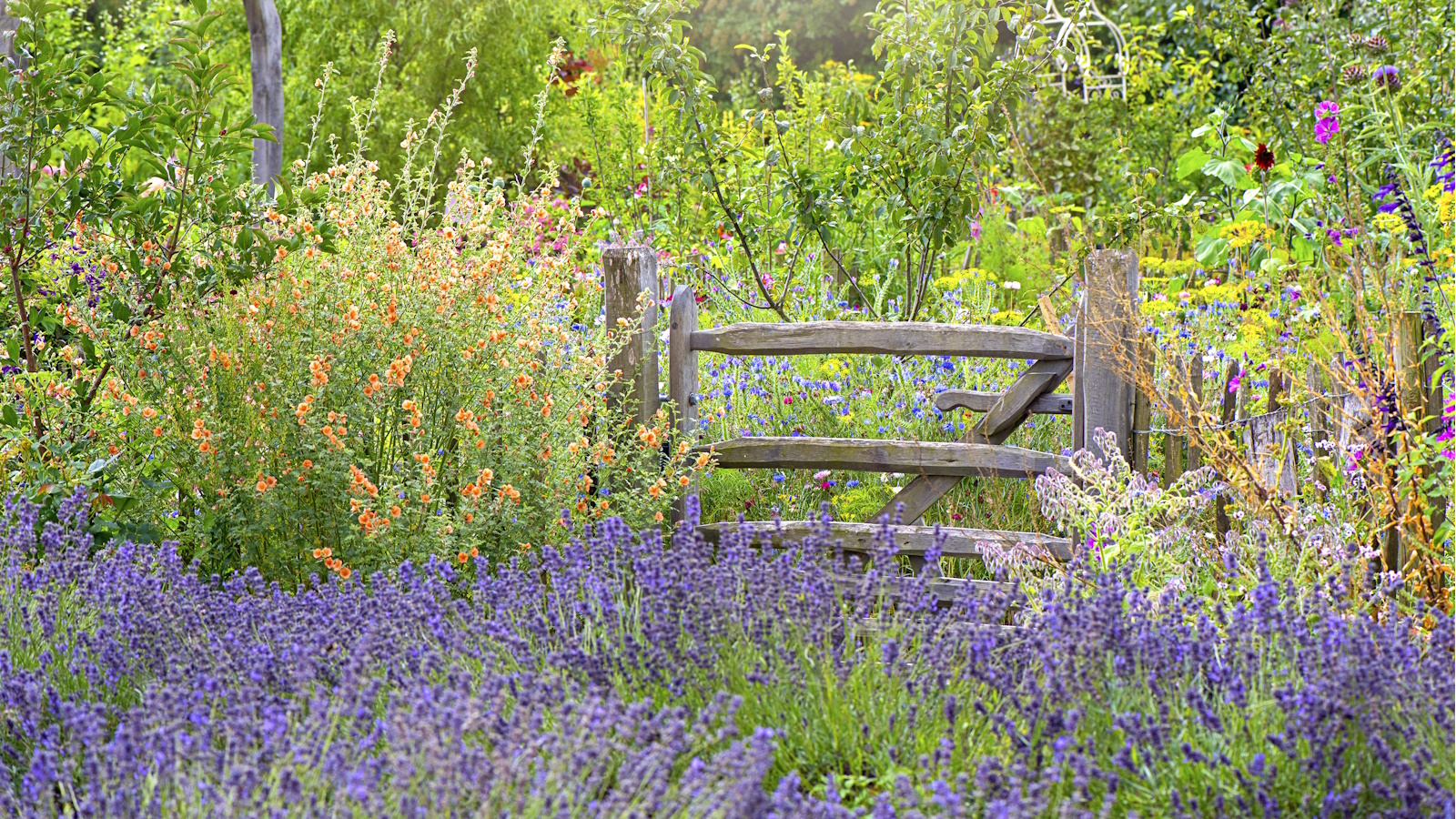
Lavender is a popular perennial known for its fragrant flowers, as well as its use within cosmetics and herbal remedies. When you see abundant fields of lavender flowers it's easy to assume they are simple to grow and will find their way to blooming anywhere. But that really isn't the case, and there are some places in a yard where you should never plant lavender at all.
Planting lavender in certain climates and soil types will restrict its ability to grow or to survive, so it's vital to learn about these lavender growing mistakes before adding the plant to your collection.
According to gardening experts, these are the top seven places you should never plant lavender.
1. Shady areas

Lavender plants thrive in full sun, optimally requiring at least six to eight hours of direct light per day. If you plant lavender in shady parts of the yard, it definitely won't be getting this, and it will result in your lavender either failing to flower or becoming stunted in its growth.
Ofra Gaito, CEO of Verdant Lyfe, says, 'Lavender demands full sun exposure—at least 6-8 hours daily. Plants in shaded locations will develop leggy growth, produce fewer flowers, and face increased vulnerability to fungal diseases.'
To ensure your lavender plants are getting enough sunlight, consider investing in a plant light meter like the one available on this 4-in-1 soil meter from Amazon. This way, you'll easily know whether your lavender needs to be moved elsewhere.
2. Areas with limited airflow
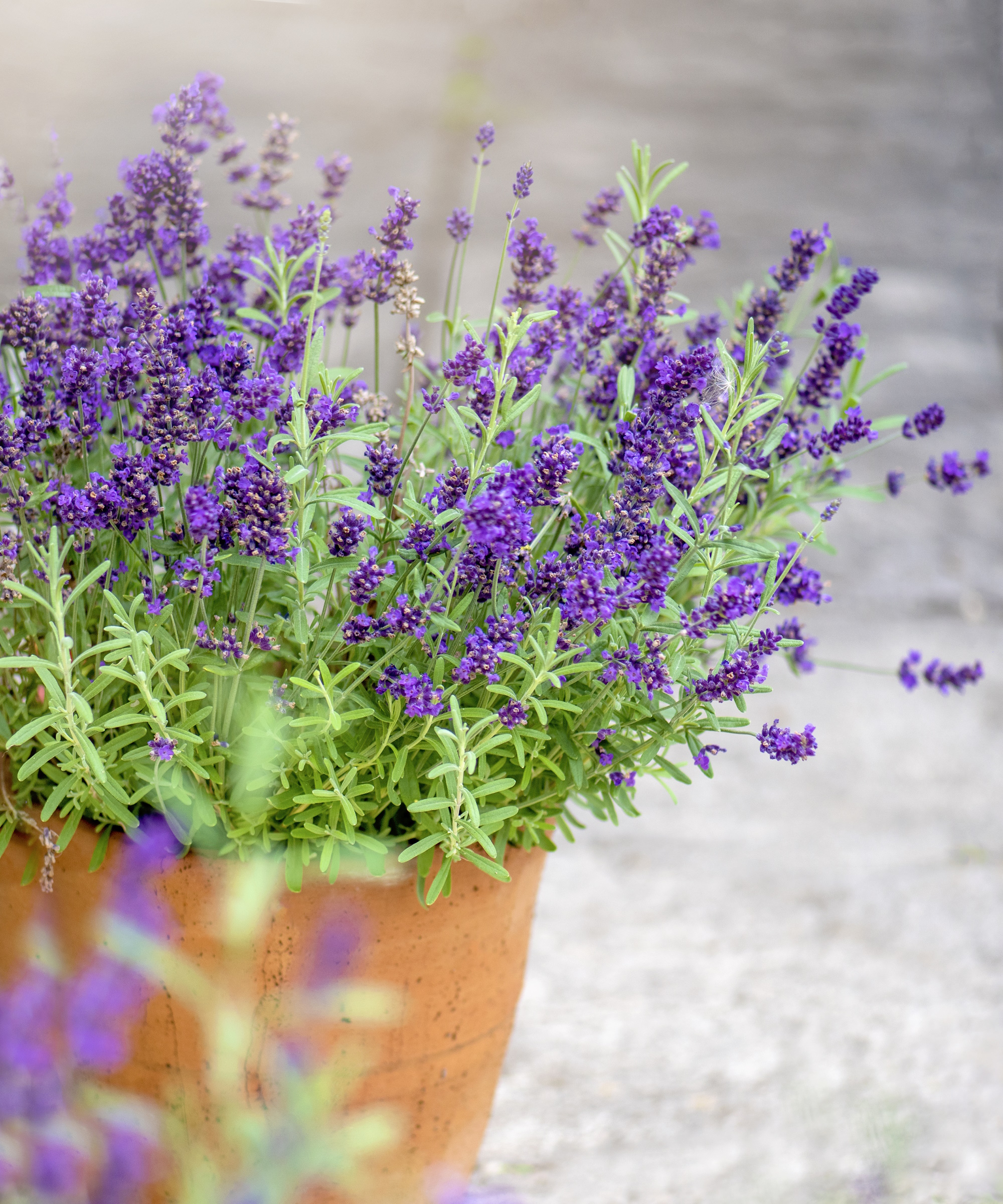
If you're learning how to grow lavender, avoid packing it in too closely to other plants or against garden furniture. It won't only suffer due to a lack of light but also due to poor airflow. When lavender plants are subjected to poor airflow, especially in climates with higher humidity levels, they can struggle to remain healthy, often succumbing to diseases.
'Planting your lavender in areas with poor air circulation, especially if you're in an area with high humidity, create ideal conditions for fungal problems,' says Ofra. 'For this reason, I strongly recommend avoiding planting lavender adjacent to dense shrubs or walls, or in locations with stagnant air.'
If your lavender is potted in a container with drainage holes, sitting the pot on one of these plant caddy with wheels (2 pack) from Amazon can assist with airflow, allowing air to more easily get under the plant. But this won't combat the issue of planting lavender near dense shrubs or in the ground as part of your flower bed ideas, so be mindful about where your lavender lives.
3. Acidic soil
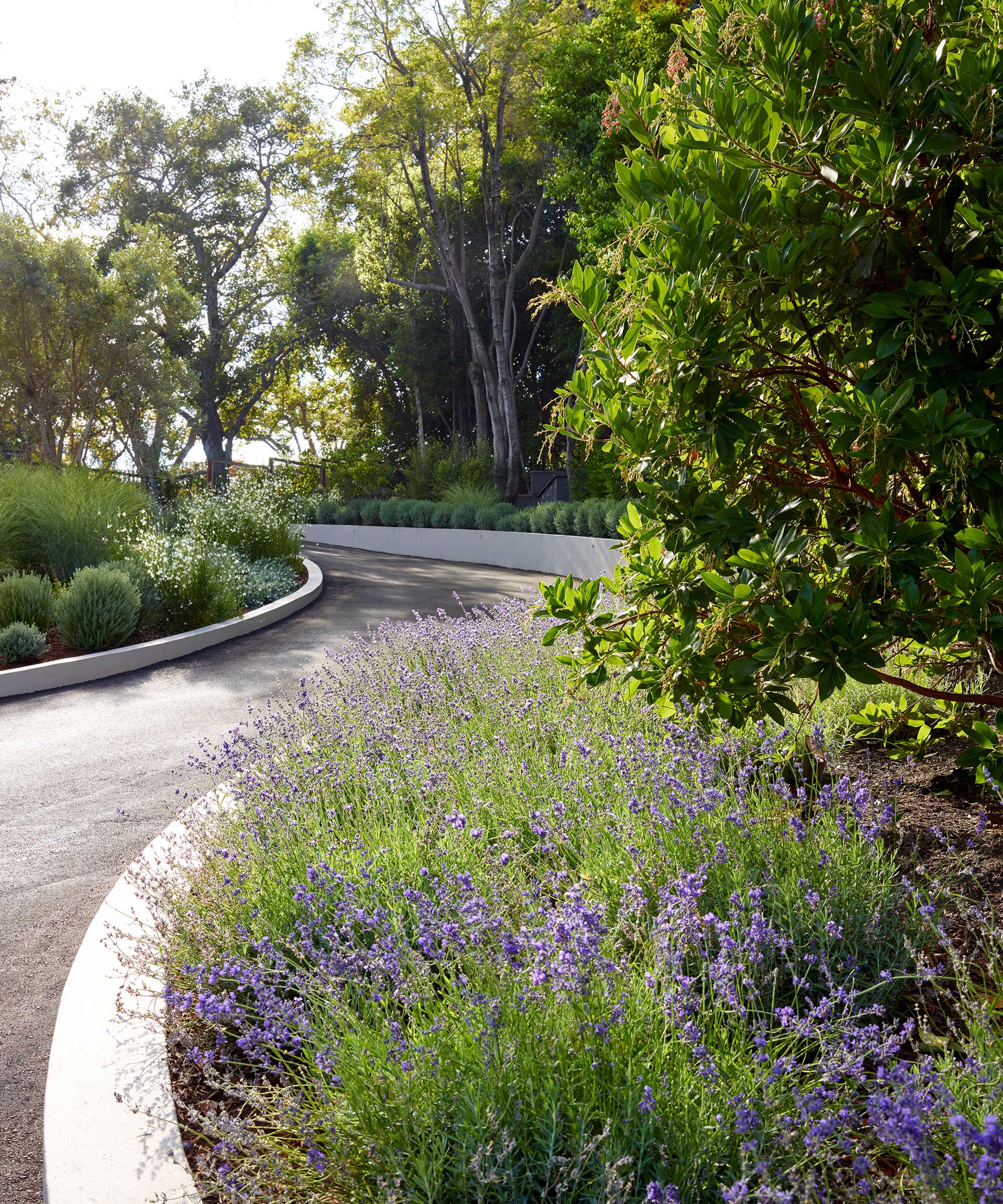
Lavender plants are for sure one of the best fragrant flowers, but they really aren't a fan of acidic soil, much preferring soil that is neutral or even alkaline. When lavender is placed in soil containing too much acid, its roots struggle to properly absorb the essential nutrients it needs to grow, resulting in a plant that's weak and nutrient-deprived.
'Lavender varieties thrive in neutral to alkaline soil (pH 6.5-8),' says Ofra. 'If the soil in your area is naturally more on the acidic side, such as the soil naturally found in woodland or consistently wet areas, consider supplementing it with something to balance the pH out before planting any lavender.'
Ofra recommends adding garden lime into the soil to help neutralize excess acidity, such as the earth science 25lb fast acting lime available on Amazon. Simply sprinkle the granules as instructed on the packet, and the lime will naturally begin to adhere to the soil.
4. Heavy clay beds
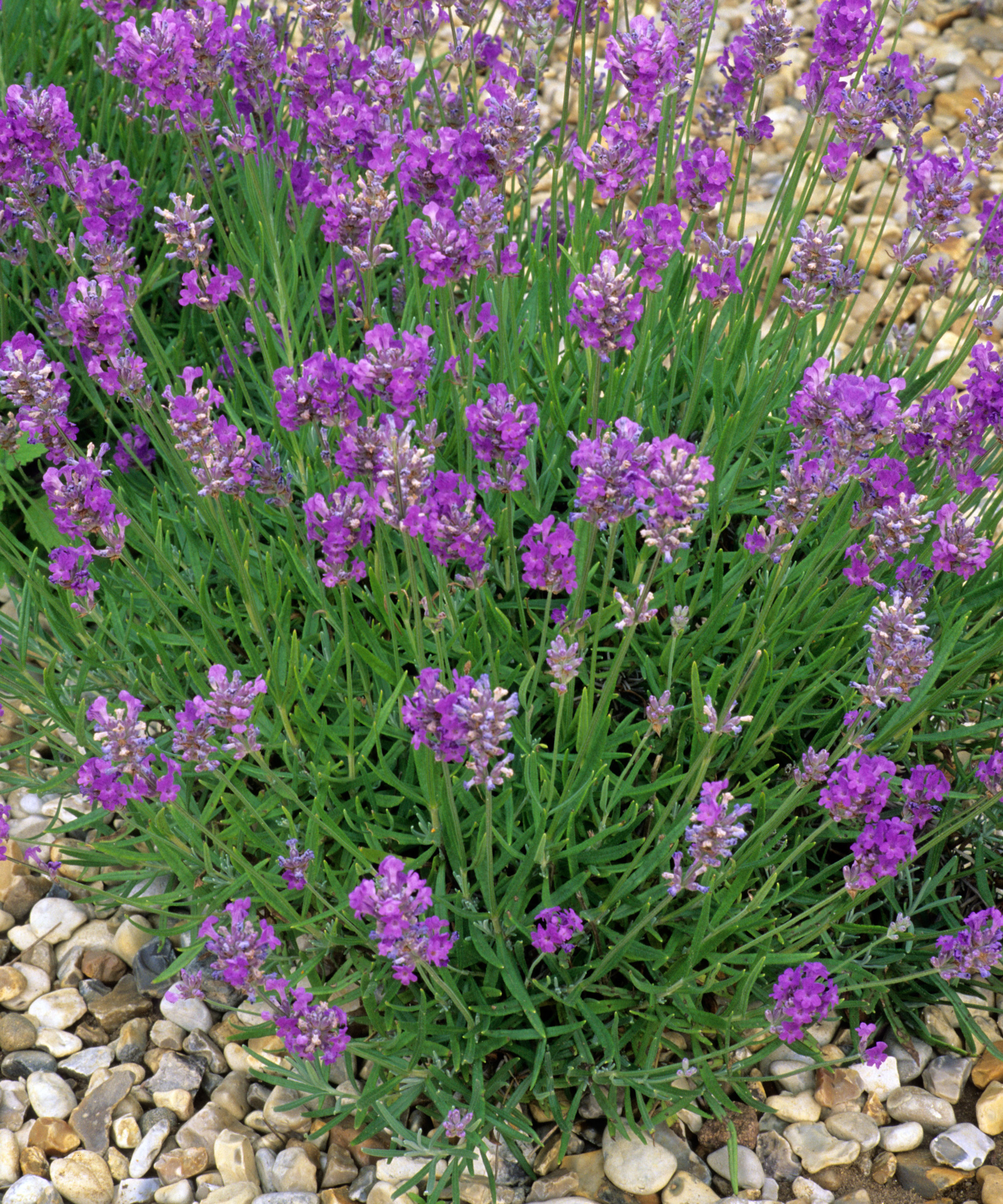
If the soil in your yard contains a substantial amount of clay, lavender may not be able to survive when planted there. Don't be fooled if the clay bed looks lovely and sunny either: when the clay hardens, your lavender's roots will be a goner.
Jessica Mercer, plant expert at Plant Addicts, says, 'Clay can stay saturated in winter and turn to concrete in July; neither texture mimics the gritty Mediterranean scree this herb evolved on. Unless you amend the site with plenty of sand and gravel to balance out the clay, pick another spot.'
You can buy large bags of 100% natural sand on Amazon, ideal for improving your garden soil or landscaping. Alternatively, you can pot your lavender in a suitable soil and then bury the pot to disguise it so it looks like it's in your yard's soil instead of part of your container gardening ideas.
5. Near or in a vegetable garden
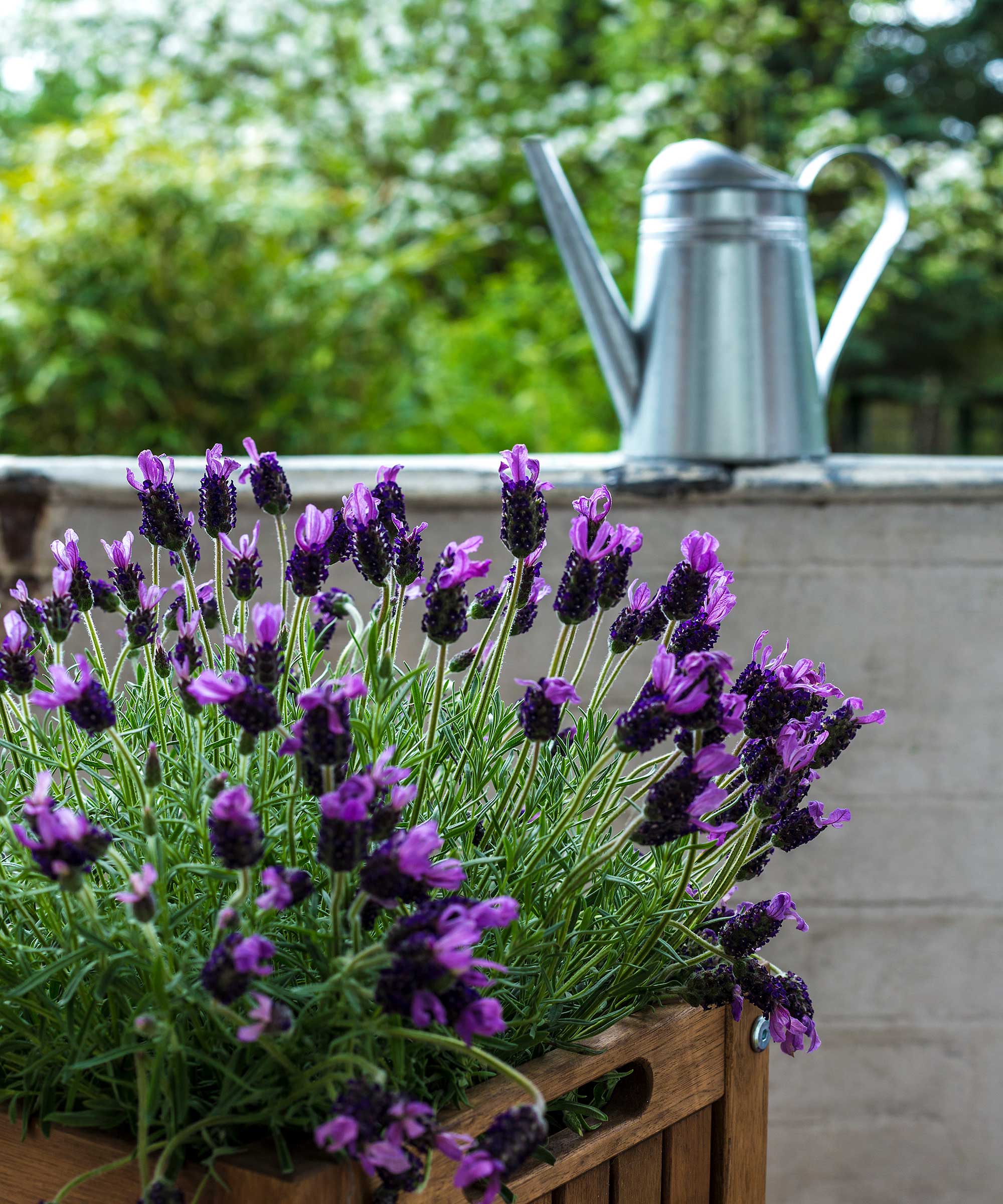
Weaving springs of lavender among your vegetable patches would create a lovely scene, but unfortunately it isn't the most practical for drought-tolerant planting (lavender doesn't require much water) and could leave your lavender wilting to the point of no return.
'The rich, heavily amended soil of a vegetable garden promotes weak, leafy growth at the expense of flowers and fragrance,' says Jessica. 'My mom created a beautiful English garden with lavender borders near her vegetable garden. The automatic sprinklers in the vegetable garden targeted the lavender plants, and they all died at the end of the season. She learned the hard way that lavender's roots need to dry out and will rot if exposed to the regular irrigation that tomatoes crave.'
If you still wish to plant lavender in your vegetable patches, it's recommended to keep them nearer to drought-tolerant lavender companion plants such as asparagus, squash and rhubarb as lavender is drought-tolerant. This way, excess water won't run off of the soil and onto your lavender.
6. Waterlogged or poor draining soil
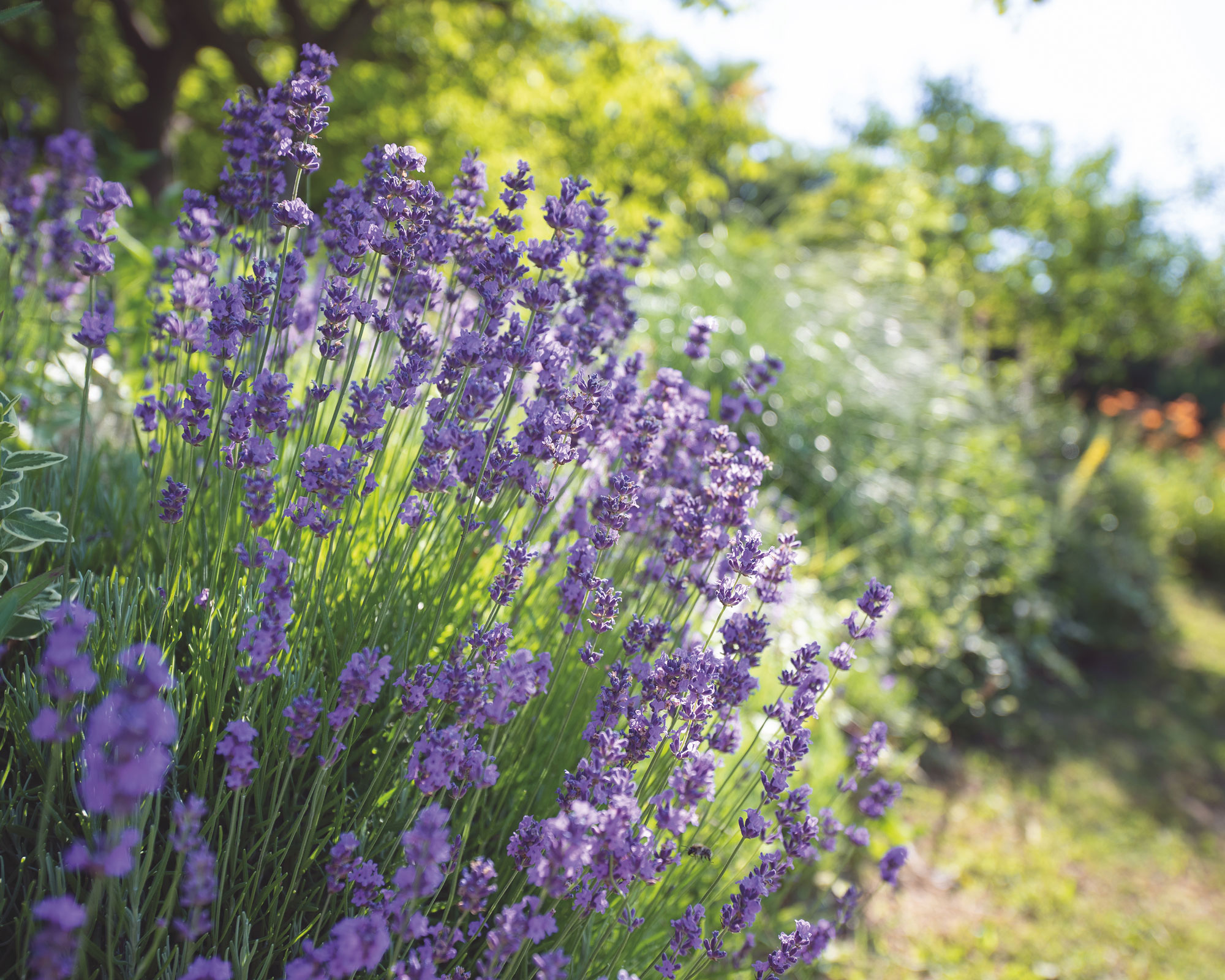
Lavender isn't a plant that favors being sat in water at all times, and when it is it experiences severe symptoms including root rot. For this reason, poor draining soil is an area where you should never plant lavender, otherwise it simply won't live.
Jodi Danyo, CEO of Cherry Valley Organics, says, 'Never plant lavender in waterlogged soil, or in areas with poor drainage. If you select a site with poor drainage (or you are simply overwatering your lavender and 'loving it to death'), you will see the lower leaves of the plant turning yellow.
If the standing water persists, the stems and leaves will start to droop and the lavender may eventually die. The roots may suffer from root rot too, which will be evident from brown/black mushy roots that have a rotting smell.'
Mixing organic matter like compost or mulch into your yard's poorly draining soil can help it to release surplus water more easily, though if it's prone to becoming more of a mud bath it's best to stick to growing lavender in pots instead.
The AVALUTION orchid potting bark from Amazon is a good pick to toss through your yard's waterlogged soil as the pieces are chunky and will stop your soil from compacting together.
7. In direct wind, especially during winter
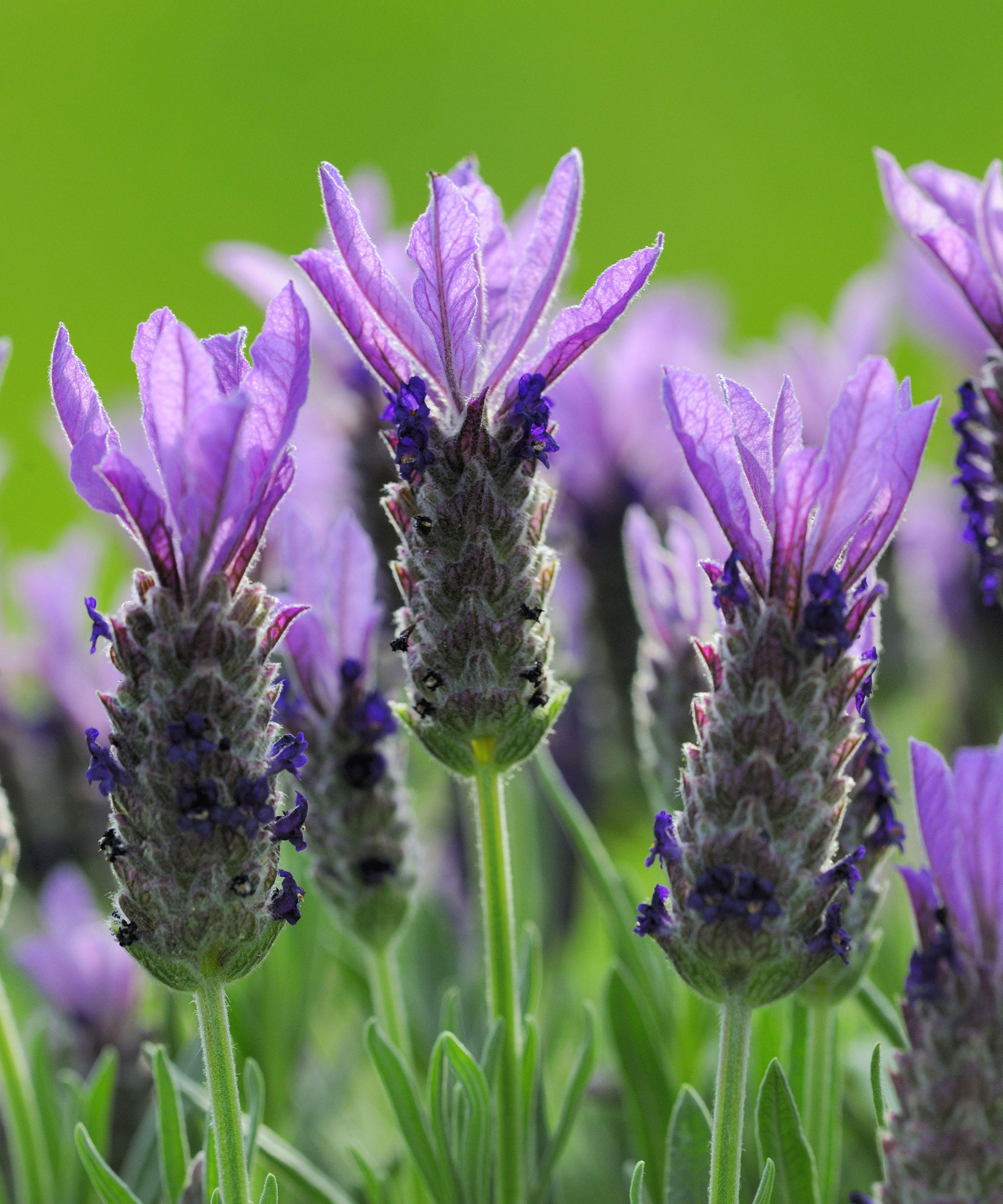
The heads of lavender flowers are rather bulbous in comparison to the plant's more delicate stem, so leaving lavender to face the full front of harsh winds can cause the sprigs to snap.
'Never plant lavender out in an open area without protection from harsh winds if your area tends to experience them, especially winter winds,' says Jodi. ' Even though many lavenders are hardy to USDA zone 5, surviving winter can be hit or miss.
Winterized lavender that is protected by other landscaping elements that block harsh winter winds have a higher chance of surviving multiple winters, and becoming large, lush and beautiful.'
Placing a small fence or border near your lavender like the worth garden tree fence available on Amazon or planting large shrubs in your yard that block the direction wind usually enters from can both be a great help to keep your lavender alive.
Lavender isn't the only plant that will struggle to survive if planted in the wrong place in your yard, so it's important to research any flower you plant to introduce to your garden. Here, you can learn about 5 places you should never plant hydrangeas to get the best from these fabulous flowering shrubs.







